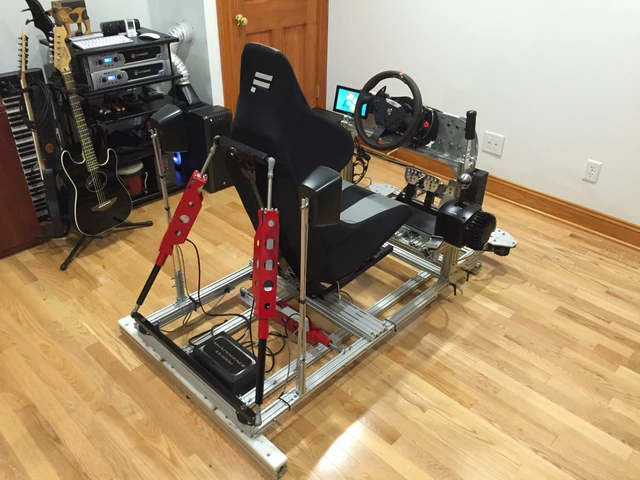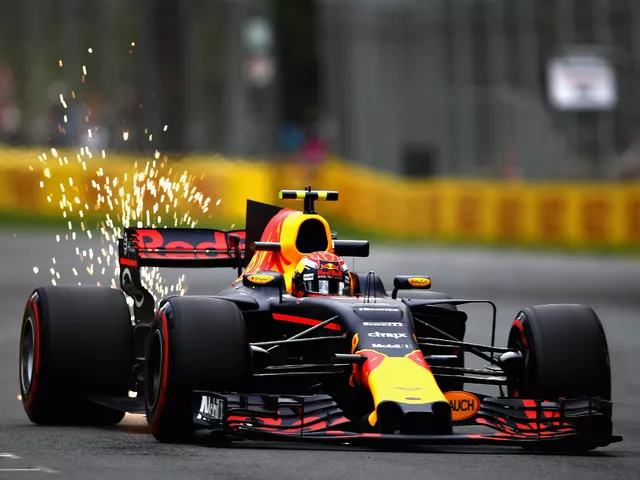What Is a Racing Line and Why It Matters in Motorsports
If you’ve ever watched a race and wondered why drivers take the same curve in a similar way, you’ve spotted the racing line. It’s the path that lets a car move through a corner as fast as possible while keeping the tires happy. Mastering it can turn a decent lap into a fast one, and the idea isn’t as complicated as it sounds.
Breakdown of the Ideal Corner Path
The classic racing line has three parts: entry, apex, and exit. You start wide on the entry, letting the car unwind and keep speed. As you approach the turn, you steer toward the inside point – that’s the apex. Hitting the apex lets you straighten the car early and opens the road for a wide exit, where you can accelerate back onto the straight.
Why go wide on entry and exit? Because the car can use more of the track’s width, which translates to a larger turning radius. A larger radius means less steering angle, less weight shift, and less tire slip. All of that keeps the car stable and lets you keep the throttle on longer.
Practical Tips to Find Your Racing Line
1. Watch the reference line. On most tracks you’ll see paint marks or curbs that hint at the fastest path. Use them as a guide, but remember each car is different – a heavier car may need a slightly different line.
2. Feel the car. As you approach a corner, notice when the front tires start to lose grip. If you’re too tight, you’ll feel a push from the outside. Back off a little and you’ll see the car settle into a smoother arc.
3. Use video analysis. Record a lap and watch it in slow motion. Look for where the car is widest on entry and exit. Adjust your steering inputs to match those points.
4. Practice the apex. Start by aiming for the geometric apex (the exact middle of the corner) and then experiment. Some corners reward a slightly early or late apex for a better exit speed.
5. Mind the tires. The line you choose must keep the tires in the optimal slip range. If the tires start to chatter, you’re probably too aggressive on entry or exit.
Putting these tips together, you’ll begin to sense the fastest line rather than just memorizing points on a map. The feeling of a smooth, flowing corner is a good sign you’re on the right track.
Remember, the racing line isn’t static. Changes in weather, track temperature, or car setup can shift the ideal path. Stay adaptable, keep testing, and you’ll keep improving lap times.
So next time you hit the circuit, think about entry, apex, and exit. Aim wide, hit the apex cleanly, and open up for a wide exit. With a little practice, the racing line will become second nature, and those seconds you shave off will add up to real results on the leaderboard.

What does racing line mean in Motorsports?
As a motorsports enthusiast, I've often heard the term "racing line" thrown around. It refers to the optimal path a driver should take through a corner to achieve the fastest time while preserving their tires and car. Essentially, it's all about finding the right balance between speed and smoothness while navigating turns. The racing line generally consists of entering the corner wide, hitting the apex, and exiting wide to maintain traction and speed. In short, mastering the racing line is crucial for drivers looking to shave seconds off their lap times and improve their overall performance.
CONTINUE READING



